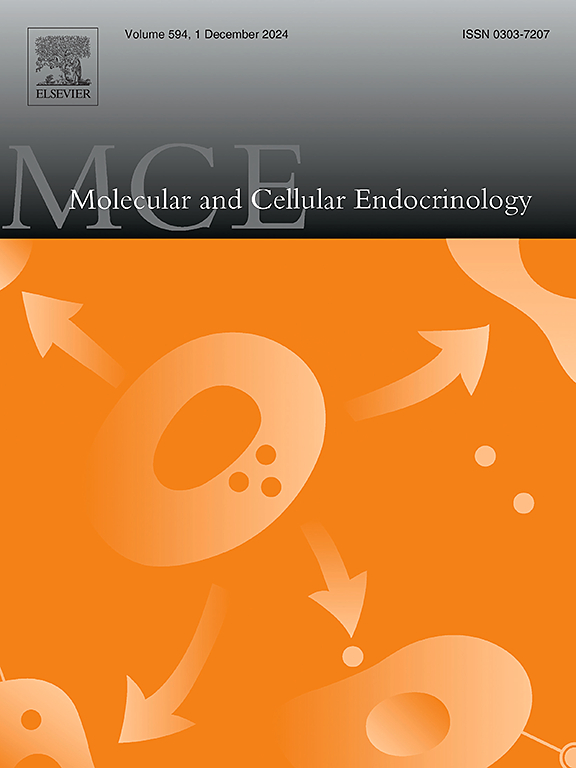Aggressive pituitary tumours and pituitary carcinomas: molecular insights guiding management and the role of precision oncology
IF 3.6
3区 医学
Q2 CELL BIOLOGY
引用次数: 0
Abstract
Aggressive pituitary neuroendocrine tumours and pituitary carcinomas are associated with high morbidity and mortality and have limited treatment options. Increased understanding of the molecular pathogenesis of pituitary tumours has led to identification of molecular drivers of aggressive behaviour and prognostic markers, as well as identification of therapeutic targets. Mechanisms for pituitary tumourigenesis include chromosomal genomic instability, defective DNA repair, loss of cell cycle control, epigenetic changes, dysregulation of intracellular signalling pathways and alterations within the pituitary tumour immune microenvironment. Novel therapeutic treatment options including VEGF targeted therapies and immune checkpoint inhibitors have been used with varied responses. The application of precision oncology platforms to identify therapeutic targets is well described in other cancers and should be considered in the management of aggressive pituitary tumours and pituitary carcinomas. Histopathological analysis of established prognostic markers should be included in routine clinical practice.
侵袭性垂体肿瘤和垂体癌:分子见解指导管理和精确肿瘤学的作用。
侵袭性垂体神经内分泌肿瘤和垂体癌具有高发病率和死亡率,治疗选择有限。对垂体肿瘤分子发病机制的了解增加,导致了对攻击行为和预后标志物的分子驱动因素的识别,以及对治疗靶点的识别。垂体肿瘤发生的机制包括染色体基因组不稳定、DNA修复缺陷、细胞周期控制丧失、表观遗传改变、细胞内信号通路失调以及垂体肿瘤免疫微环境的改变。新的治疗选择包括VEGF靶向治疗和免疫检查点抑制剂已被用于不同的反应。精确肿瘤学平台用于确定治疗靶点的应用在其他癌症中得到了很好的描述,在侵袭性垂体肿瘤和垂体癌的治疗中应予以考虑。对已确定的预后标志物进行组织病理学分析应纳入常规临床实践。
本文章由计算机程序翻译,如有差异,请以英文原文为准。
求助全文
约1分钟内获得全文
求助全文
来源期刊

Molecular and Cellular Endocrinology
医学-内分泌学与代谢
CiteScore
9.00
自引率
2.40%
发文量
174
审稿时长
42 days
期刊介绍:
Molecular and Cellular Endocrinology was established in 1974 to meet the demand for integrated publication on all aspects related to the genetic and biochemical effects, synthesis and secretions of extracellular signals (hormones, neurotransmitters, etc.) and to the understanding of cellular regulatory mechanisms involved in hormonal control.
 求助内容:
求助内容: 应助结果提醒方式:
应助结果提醒方式:


